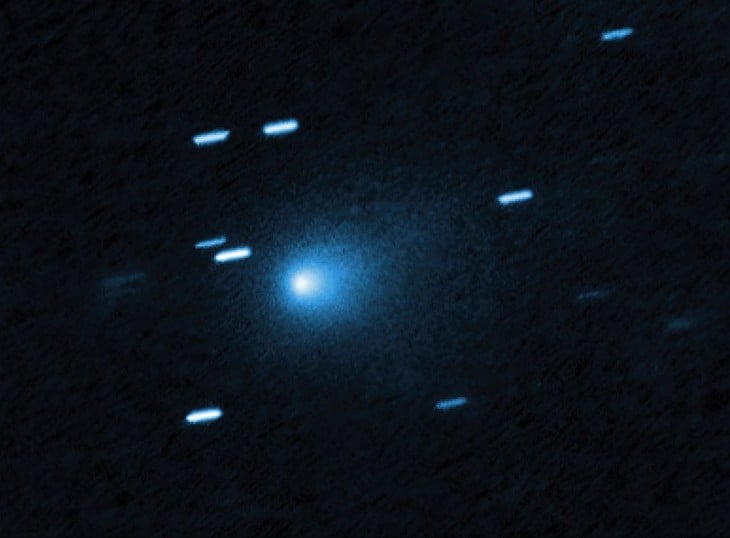
NASA's Hubble Space Telescope captured this image of the interstellar object 3I/ATLAS on July 21, 2025, when the comet was 443 million km from Earth - Photo: NASA
Professor Avi Loeb, an astrophysicist at Harvard University, attracted attention when he said that the interstellar object 3I/ATLAS - the "strange visitor" newly discovered entering the Solar System in July - could be running on nuclear energy, instead of just a normal comet as NASA said.
Previously, Mr. Loeb had hypothesized that 3I/ATLAS was an alien spacecraft.
Responding to the program "Elizabeth Vargas Reports" of the cable channel NewsNation (USA), Professor Loeb cited a photo taken by the Hubble Space Telescope on July 21. In it, the head of 3I/ATLAS glows unusually bright, quite different from the phenomenon of light reflection or dust gas that usually stretches behind like in comets.
"3I/ATLAS could be a nuclear-powered spacecraft, and the dust emitted from its front could just be dirt accumulated during its journey through interstellar space," he said.
The scientist also stressed that the object's orbital movement - expected to approach Mars, Venus and Jupiter in turn - has a random probability of only one in 20,000, "hardly a coincidence".
According to Fox News, in a blog post, Loeb further analyzed the phenomenon of 3I/ATLAS's luminescence. He said that the observed brightness is equivalent to a gigawatt of power, the size of a large nuclear power plant, and is difficult to explain by natural mechanisms.
A primordial black hole emits only about 20 nanowatts. A radioactive fragment from a supernova is extremely rare. Friction with interstellar gas and dust is also not enough to produce observable light. So the most likely scenario “is a highly concentrated source of energy, the most natural way to reach this power is nuclear power.”
"People need to have a prepared script"
3I/ATLAS was discovered in early July by the Asteroid Earth Impact Last Alert System (ATLAS) in Chile. With a diameter of about 20km, larger than the US island of Manhattan, it is the third interstellar object ever recorded to enter the Solar System.
NASA said 3I/ATLAS will make its closest approach to the Sun on October 30, at a distance of 210 million km, and pose no danger to Earth.
Loeb said the opportunity should be taken to closely observe the object, and even consider directing the Juno probe to approach it. He called on the international community to prepare a response scenario in case the hypothesis of extraterrestrial technology becomes a reality.
"If this is technology, it will have a huge impact on the future of humanity. We have to prepare for that situation," concluded the Harvard astrophysicist.
Source: https://tuoitre.vn/thien-the-di-vao-he-mat-troi-moi-day-la-tau-chay-bang-nang-luong-nhat-nhan-cua-nguoi-ngoai-hanh-tinh-20250825093634734.htm




![[Photo] Parade to celebrate the 50th anniversary of Laos' National Day](/_next/image?url=https%3A%2F%2Fvphoto.vietnam.vn%2Fthumb%2F1200x675%2Fvietnam%2Fresource%2FIMAGE%2F2025%2F12%2F02%2F1764691918289_ndo_br_0-jpg.webp&w=3840&q=75)



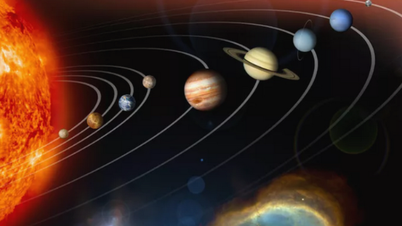
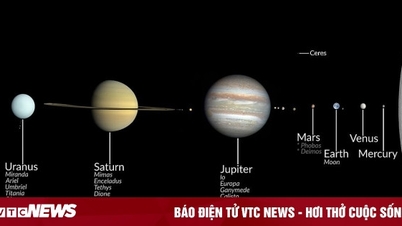

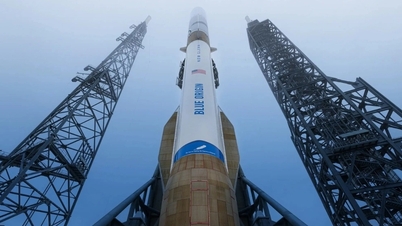



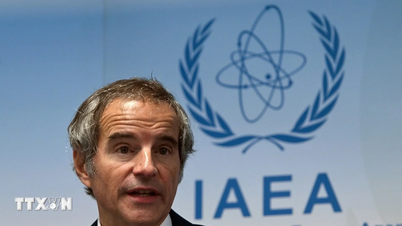

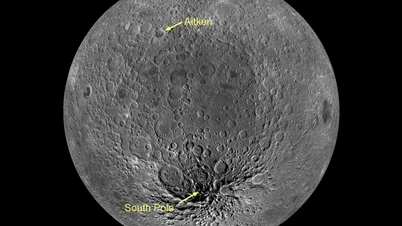


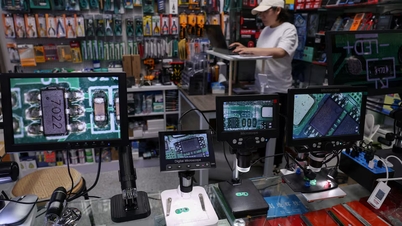

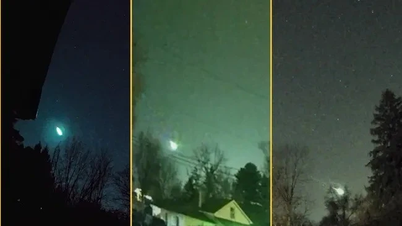

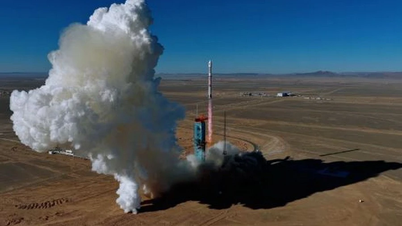












![[Photo] Worshiping the Tuyet Son statue - a nearly 400-year-old treasure at Keo Pagoda](/_next/image?url=https%3A%2F%2Fvphoto.vietnam.vn%2Fthumb%2F1200x675%2Fvietnam%2Fresource%2FIMAGE%2F2025%2F12%2F02%2F1764679323086_ndo_br_tempimageomw0hi-4884-jpg.webp&w=3840&q=75)










































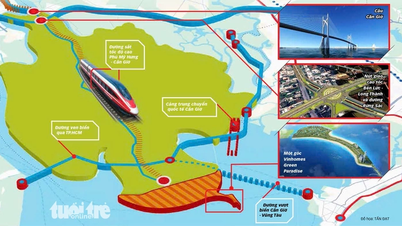

































Comment (0)